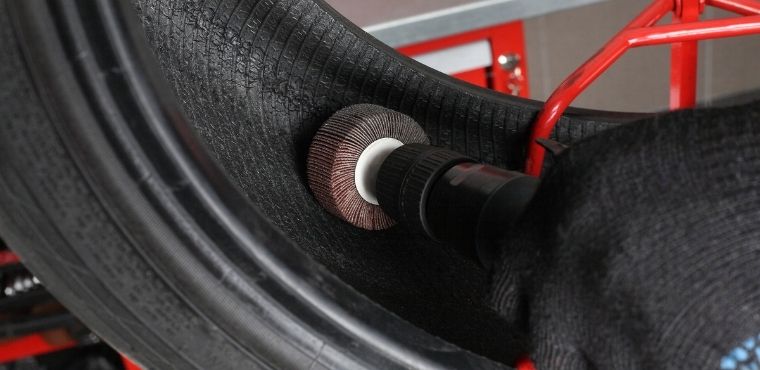Replacing the tires on your car can get expensive. You typically want all four treads to have equal wear, and when one tire goes, you need to think about whether it’s safe to replace one or if it’s time to replace all of them. Save yourself some trouble by asking, “tire plugs or tire patches: which is better?” and learning which will keep you safest on the road.
How Tire Plugs Work
After your vehicle runs over a sharp object, whether a nail or a pointed rock, it will puncture the rubber and cause air to leak out. Normally, people will see this and determine that the tire is no longer suitable for use. But by pulling out the sharp object, you can insert a tire plug into the hole to seal the damage. The plug will adhere to the tire, creating a strong bond and making your tire usable once more.
Safety Considerations
While you can insert a plug to seal a puncture, it cannot heal every wound. You cannot properly repair a hole that is too big, and it will tear again. Know what damage you can safely seal and what will require a new tire.
How Tire Patches Work
Patching a tire is a more involved process that requires you to remove the tire from the rim and use a die grinder to cut a two-inch diameter hole around the puncture. The patch is then pushed from the interior of the tire to the exterior, forming a strong seal.
Convenience Considerations
A patch is commonly regarded as the stronger of the two options, providing better, more reliable results and a stronger tire. But the downside is that it is a very hands-on process, requiring you to directly work on your tire and manipulate it further. A patch is not as quick and easy a fix as a tire plug, but it can provide astounding results for the effort.
Know When To Get a New Tire
You can’t salvage every tire; there are times when you need to know when to replace a tire. If the hole is too big or the tire is damaged too badly, you may need a replacement. Even after you know whether a tire patch or a tire plug is better, you still need to acknowledge when both aren’t enough. Know when you need to change your tire if your current one is no longer safe.







